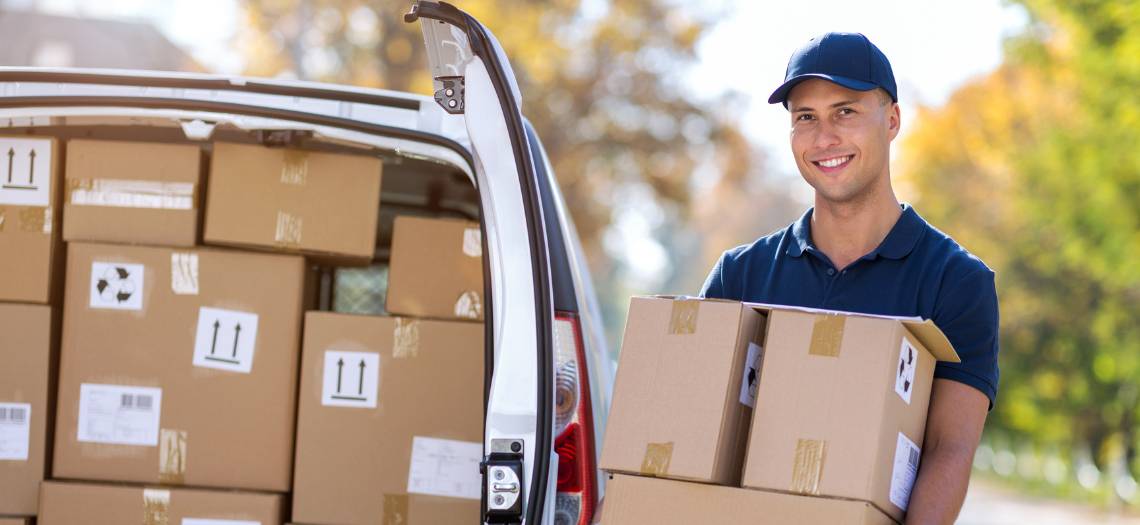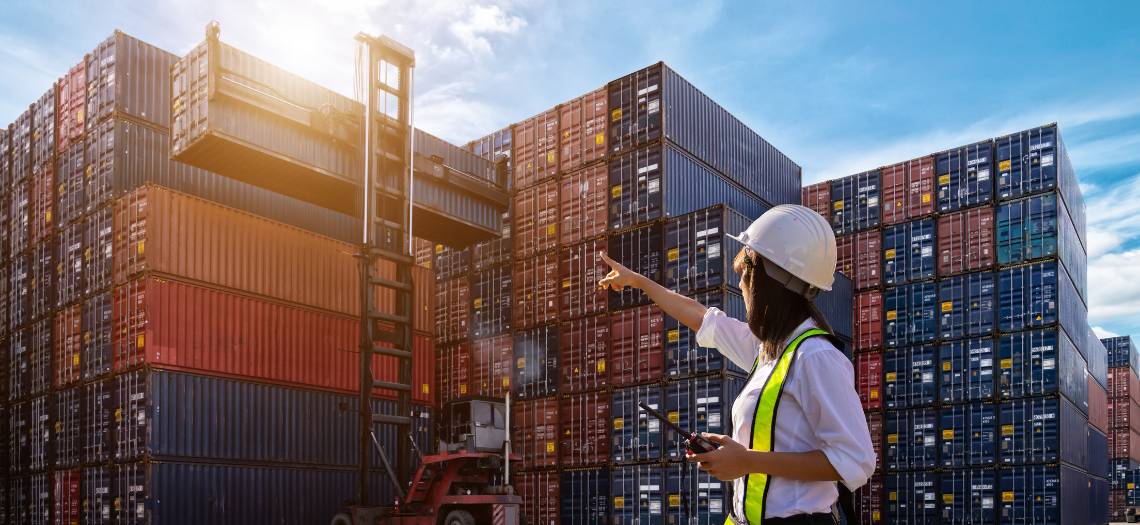Ecommerce brands are no longer confined to online-only growth. Securing shelf space at a big box retailer is a major milestone and a powerful step toward expansion. Retailers like Walmart, Target, Macy’s and Costco expect precision at scale. What works in a direct-to-consumer model often does not meet the standards of retail.
To make the leap successfully, brands need to be retail ready before the first purchase order arrives. Preparation is not just a box to check. It is the foundation for protecting your reputation and delivering consistent results.
Establishing strong retail partnerships starts well before product lands in a warehouse. It requires strategic planning, operational readiness, and a deep understanding of retail logistics. Brands that build this foundation early are better positioned to scale successfully into new channels.
Key Takeaways
- Retail readiness begins well before the first order is placed. Planning and compliance must be embedded into your operations early.
- Each retailer has specific packaging, labeling, and routing requirements. Understanding and meeting them is essential to avoid chargebacks and delays.
- Technology is not optional. A customizable warehouse management system and integrated automation are critical to retail fulfillment.
- Operational flexibility matters. Your systems and partners must support both ecommerce and retail without sacrificing speed or accuracy.
- A fulfillment partner with in-house prep, real-time visibility, and deep retail experience can be the difference between success and costly setbacks.
Navigating Retail Requirements
Each retailer operates with its own defined set of compliance rules. These include electronic data interchange systems, routing guides, delivery schedules, and documentation like advanced shipping notices. Vendors are expected to follow each protocol without deviation.
Mistakes such as mislabeling a carton or missing a delivery window can lead to chargebacks or even loss of the partnership. These expectations are nonnegotiable. Ecommerce brands must build them into their supply chain operations early.
Packaging and Labeling for Retail
Retail partners often dictate exactly how products should be packaged and labeled. This includes barcode placement, shelf-ready packaging, and pallet configuration. Adhering to formats like GS1 and SSCC labeling is often required.
Misaligned packaging can delay store delivery or trigger costly rework. Retail preparation is not about design aesthetics. It is about efficiency, precision, and compliance. By standardizing how your products arrive at the retailer, you reduce friction and improve performance across the supply chain.
Retail packaging must also be durable enough to withstand warehouse handling, pallet stacking, and transport without compromising product quality. It should support quick scanning and clear identification to speed up receiving and stocking. Many retailers also expect eco-conscious packaging strategies that align with corporate sustainability goals. By designing with compliance, durability, and sustainability in mind, your packaging becomes a competitive advantage.
Inventory Prep and Product Handling
Big box fulfillment requires a higher level of product handling. Depending on category, your retail partner may require FNSKU labeling, bundling, kitting, or lot and expiration tracking.
Whether you are shipping cosmetics, supplements & vitamins, or perishable items, your inventory must arrive in perfect condition. Each unit needs to be correctly labeled, documented, and packed according to the specific retailer’s instructions. Every phase from receiving to outbound must be accurate and well controlled.
Adapting Operations for Retail Fulfillment
Fulfillment for retail orders follows a different structure than direct-to-consumer workflows. Orders are often shipped in cases or pallets instead of individual units. They may be delivered to central distribution centers or direct to specific store locations.
Many retailers require advanced appointment scheduling with strict dock procedures. These added layers mean ecommerce brands must adjust fulfillment operations without slowing down existing ecommerce channels. Flexibility and discipline are key to successful adaptation.
Systems That Power Retail Compliance
Retail scale cannot rely on manual processes. Brands need fulfillment systems that provide real-time tracking, minimize error rates, and maintain full order accuracy.
A customizable warehouse management system helps manage complex inventory across both ecommerce and retail channels. Integrated tools such as EDI and automated order routing make sure that compliance is built into every transaction.
The right technology does more than check boxes. It creates consistency across high volumes of orders, reduces human error, and enables faster turnarounds on retail purchase orders. These systems give brands the control they need to maintain accuracy across every stage of the fulfillment process. When paired with strong operational execution, they become the foundation of a scalable retail program.
How MAI Fulfillment Supports Retail Readiness
MAI Fulfillment makes it easier for ecommerce brands to succeed in retail. We provide in-warehouse services for compliance prep, labeling, bundling, and kitting that meet the exact standards of big box retailers.
Our warehouse management system gives you real-time inventory visibility across both DTC and B2B fulfillment. We integrate with major retail platforms and portals. Our same-day prep, dock appointment scheduling, and on-site support team ensure every order meets requirements without delay.
We understand that every retailer has a different set of expectations. That is why our team stays current with the latest vendor guidelines and compliance updates across multiple retail channels. Whether your products are headed to a nationwide chain or a regional distributor, we tailor our process to meet your retail partner’s specific requirements.
Our support does not stop at fulfillment. We work with your team to align inventory strategy, delivery timelines, and packaging execution with long-term retail goals. This level of partnership is what allows brands to scale smoothly and stay competitive as they grow into retail.
Retail Readiness Checklist
Before your brand can succeed on retail shelves, you need to lay the groundwork for operational excellence. The transition from ecommerce to big box retail is not just about increasing volume. It is about matching the structure, speed, and compliance that retailers demand.
This checklist outlines the most important steps to help you prepare for retail expansion with confidence:
- Learn each retailer’s compliance and routing requirements early
- Standardize labeling and packaging to minimize risk and chargebacks
- Ensure your fulfillment system supports both ecommerce and retail workflows
- Choose a 3PL partner that offers in-house prep, automated integrations, and dedicated support
MAI Fulfillment gives your brand the infrastructure and expertise to meet retail expectations. We help you grow without losing control, speed, or visibility. Let’s talk about how we can prepare your products for the next stage of growth.
Ready to scale into retail?
MAI Fulfillment handles the prep, compliance, and fulfillment that big box retailers demand.
Get in touch to build a retail-ready operation that grows with your brand.


